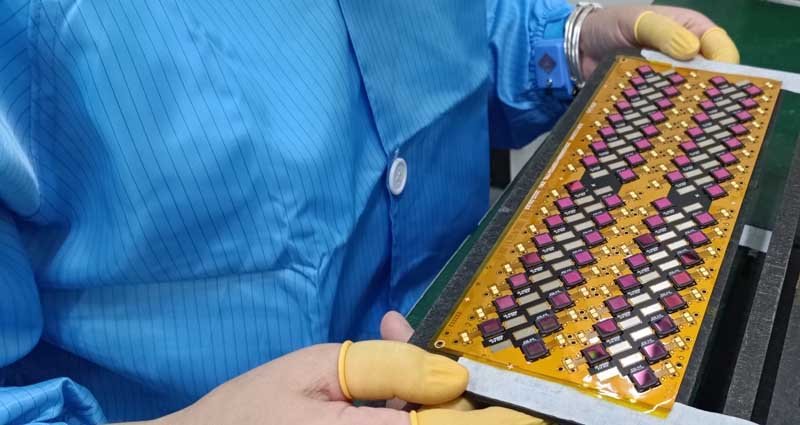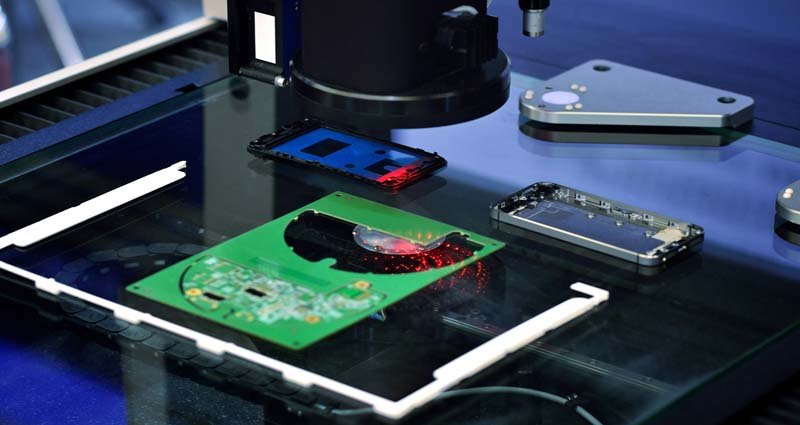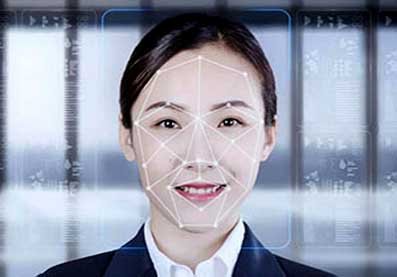The evolution of usb camera module technology has paved the way for significant advancements in various industries, where visual data can play an important role. USB camera modules are one of the most convenient and cost-effective solutions available today. These tiny devices can be easily connected to any computer or device with a USB port, making them easy to use in a variety of applications.
In this blog, we will explore the definition, formation and evolution of USB camera modules, how they work, their applications and what should be considered when select a USB camera module.
USB Camera Module: What is it?

A USB camera module is a small electronic device that captures high-quality images or video and transfers them to a computer, tablet, or other electronic device. It is a standalone camera that connects to a computer using a USB port. It is typically used in situations where a built-in camera is not available or not sufficient, such as video conferencing, live streaming, security or surveillance applications. Some USB camera modules also have additional features such as night vision, motion detection, or zoom capabilities.
What Are Components of A USB Camera Module?
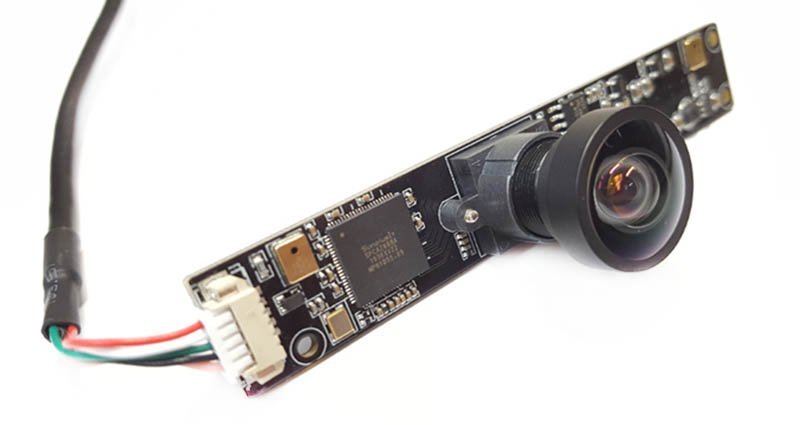
Typically, a USB camera module includes the following components:
- Image Sensor: This is the main part of the camera that captures light and converts it into electrical signals.
- Lens: The lens is responsible for focusing light onto the image sensor and plays a vital role in image quality and resolution.
- USB interface: The USB interface is the part where the camera is connected to the USB interface of the computer, allowing the camera to transfer data to the computer.
- Image Processor: This component processes the signal received from the image sensor and converts it into a digital image or video stream.
- Control circuitry: The control circuitry manages the camera’s settings, such as brightness, exposure, and color balance, to optimize image quality.
- Housing: This is the housing of the camera, which provides mechanical protection and facilitates mounting the camera to a surface or device.
How Does A USB Camera Module Work?
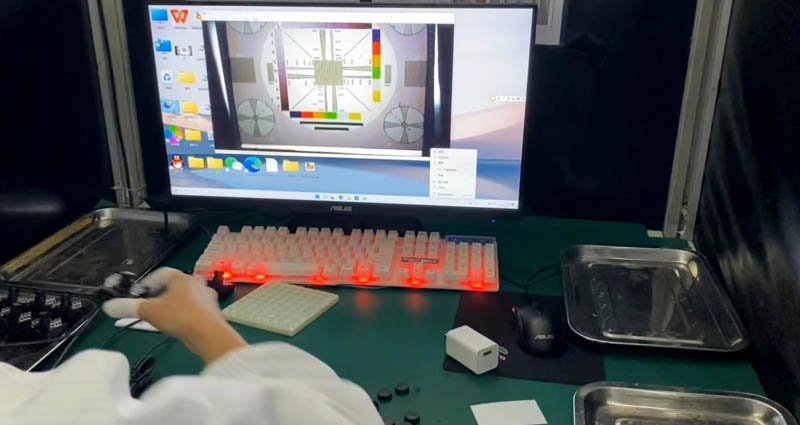
A USB camera module consists of a camera sensor, a lens, an image processor, and a USB interface. The image sensor captures the image, the image processor processes it, and the USB interface facilitates the transmission of the image to a computer.
The resolution of the image captured depends on the sensor and lens used. The image can be captured in different formats such as RGB, YUV, and MJPEG. The USB interface facilitates the transmission of images in either compressed or uncompressed formats.
The Evolution of USB Camera Modules
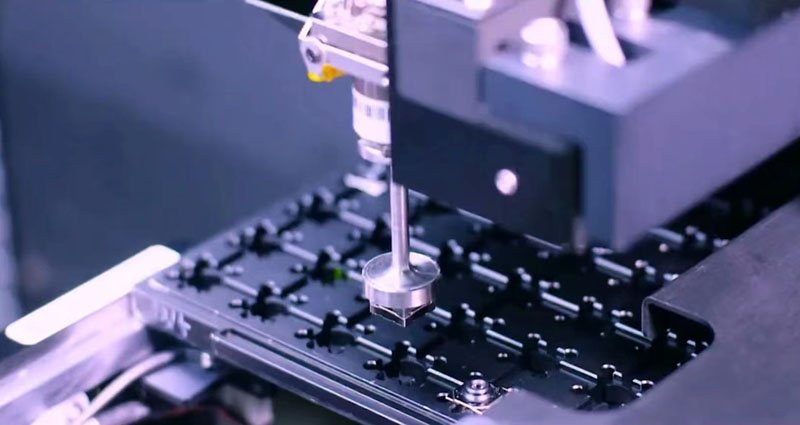
The initial USB camera modules were introduced during the late 1990s and primarily utilized in webcams. They were low-resolution devices with resolutions below 640×480. As technology advanced, so did the capabilities of USB camera modules. Today, USB camera modules can support high-resolution imaging with 4K resolution and frame rates up to 60 fps.
One of the most significant advancements in USB camera module technology is the introduction of CMOS image sensors. The CMOS sensors have become widely used in USB camera modules due to their cost-effectiveness compared to CCD sensors. Additionally, the development of image processing algorithms that can suppress noise has increased the image quality.
Applications of USB Camera Modules
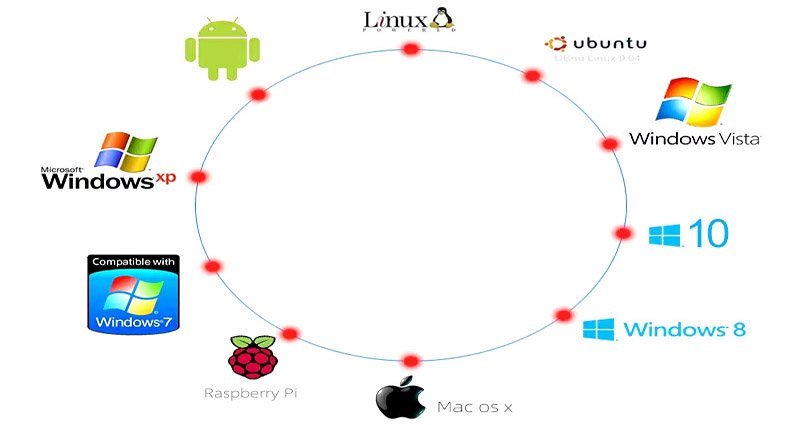
USB camera modules have versatile applications, encompassing but not limited to:
1. Security and Surveillance
USB camera modules can be connected to a computer or a network video recorder (NVR) to create a surveillance system. They are suitable for outdoor use with protective enclosures. With advanced features such as motion detection, facial recognition, and license plate recognition, surveillance systems can be tailored to specific needs.
2. Industrial and Machine Vision
USB camera modules are applicable for quality control and inspection tasks in various industries, including manufacturing, pharmaceuticals, and food processing. The high speed and high-resolution imaging capabilities enable rapid image processing and detection of defects in real-time.
3. Robotics
USB camera modules play a vital role in robotics as they enable robots to perceive the environment around them. They have applications in robots for tasks such as object detection, navigation, and providing visual feedback.
4. Medical Applications
USB camera modules are applicable for minimally invasive procedures in medical fields such as endoscopy and dental imaging. They can capture high-quality images in real-time with clarity.
5. Education
USB camera modules are ideal for remote education and distance learning as they can capture lectures and demonstrations. They can also enhance the learning experience in virtual classrooms.
What Should Be Considered When Select A USB Camera Module?
When choosing a USB camera module, the following factors should be considered:
- Image sensor: The image sensor is the most important component in the camera module, responsible for capturing images or videos. Choose a sensor with a resolution that meets the resolution requirements of your application.
- Lens: The lens is responsible for focusing the light onto the image sensor. Choose a lens that is compatible with the image sensor and provides the desired field of view and focal length.
- Connection Type: Select a USB camera module that is compatible with your device’s USB version and connector type.
- Frame rate: If you need to capture fast-moving objects or high-quality video, you should consider the frame rate of the camera module.
- Light sensitivity: If you need to capture images or videos in low-light environments, you should consider the light sensitivity of the camera module.
- Image processing functions: Some camera modules have functions such as autofocus, exposure control, white balance, and image stabilization. Consider these features if they are important to your application.
- Power Consumption: If you are using the camera module with a battery powered device, you should consider the power consumption of the camera module.
- Price: Consider the price of the camera module and make sure it is within your budget.
- Compatibility with operating system: Make sure the camera module is compatible with the operating system of the device you are using.
Conclusion
The evolution of USB camera modules has significantly impacted various industries and applications. They have become ubiquitous and are now a vital constituent in numerous systems. The affordability, ease of use, and high-resolution imaging capabilities make USB camera modules a practical solution for a wide range of applications. As technology continues to advance, we can expect to see further advancements in USB camera module technology, making it possible to capture even more detailed and accurate images.

